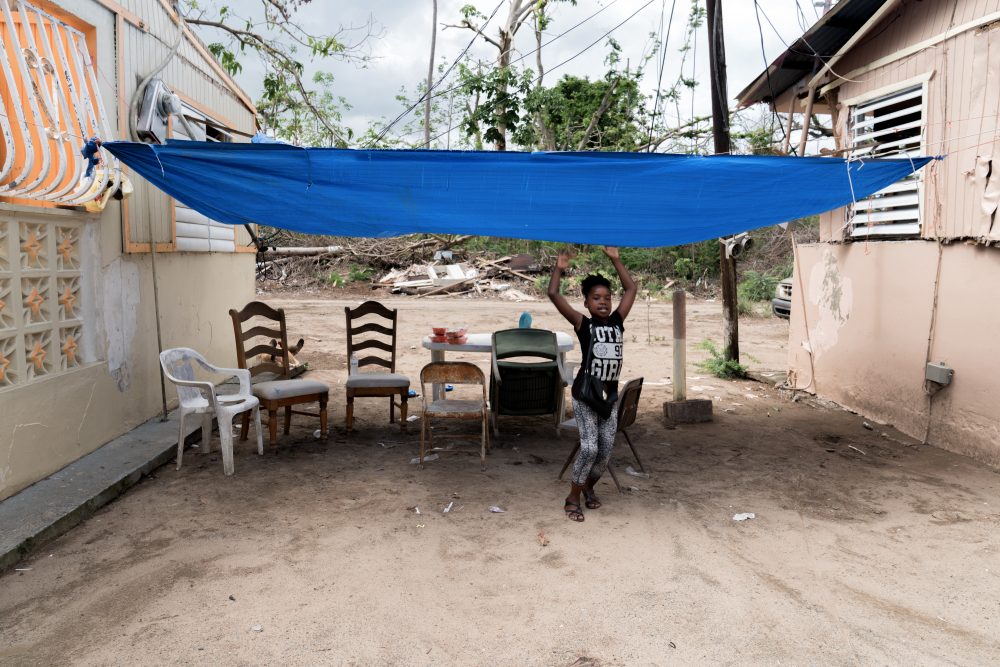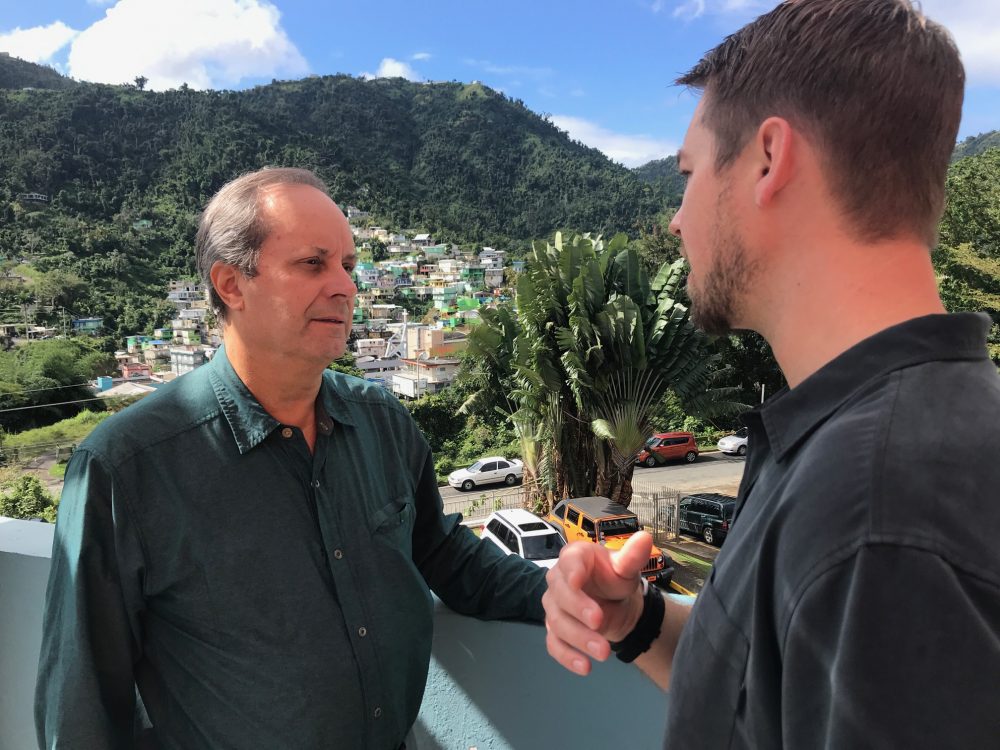When Good Grants Don’t Go as Planned
We have said repeatedly that all philanthropists are disaster philanthropists. Given the severity of the COVID-19 pandemic, I imagine many of you reading this blog are working on making a grant to support a disaster-serving organization. With almost two decades of work as a disaster grantmaker, I wanted to offer a kernel of wisdom: Not […]

We have said repeatedly that all philanthropists are disaster philanthropists. Given the severity of the COVID-19 pandemic, I imagine many of you reading this blog are working on making a grant to support a disaster-serving organization. With almost two decades of work as a disaster grantmaker, I wanted to offer a kernel of wisdom:
Not all grants go as planned – and that’s okay.
The following four ideas underpin my case:
- Disaster grants are no more and no less risky than any other grant you could make. Truly, grants to organizations that serve children, health services or arts and culture face the same type of implementation challenges as disaster-serving organizations. There is no evidence to show that incidences of fraud or graft are higher. None. Managing risk is the work of any philanthropist regardless of the population or issue area being supported.
- Communication really is the key. While grant reports are useful tracking and monitoring tools, connecting with grantee program and development staff in a personal way (phone, email, in person visits) is critical. Program implementation timelines shift for a variety of reasons – staffing and the availability of program-related materials for instance. Program financials may not track as closely to the budget as anticipated, again, for a variety of reasons – changes in the economy and the timing of program staff as examples. As a grantmaker, reaching out to your grantees on a regular basis to hear how grant implantation is faring, and being supportive both if implementation is going well and if there are hurdles to overcome. It is not the relationship between the grantmaking organization and the grant receiving organization, but rather the relationship between the individuals who lead and manage the grant/grantee relationship that drive its success.
- There is no such thing as a perfect grant. Ever. As grantmakers and implementing partner organizations we need to absorb the idea that perfect is never going to happen. A proposal gets submitted to us with the best of intentions and the best of plans. But … we know that people change jobs, supplies can be hard to procure, administrative and legal issues can slow down implementation and a myriad of things can result in a changed implementation plan and budget. I have found this to be true in all funding areas, not just the disaster space. If we collectively acknowledge that a “perfect grant” does not exist, we then allow for understanding and empathy to enter into the conversation between the grantmaker and the grantee.
- If we don’t take risks in philanthropy, who will? Quite frankly, I find philanthropy to be magical. Its ability to provide flexible funding, to fund what governmental bodies cannot fund, to support both simple and bold ideas alike… to me that is the gift. I do not want to think about reining in philanthropy and curtailing its ability to support new organizations, new ideas, new technologies or new disasters. Does increasing the risk of a grant equal an increased risk of failure? Maybe? But do we really know that?
For all the intentionality that we as grantmakers can put into any new grant, there will be some grants that just do not go as planned. Not by malfeasance or malintent, but simply because we cannot predict and prepare for all the ins and outs of each program or project implementation. And, if we cannot abide by the possibility of a poorly implemented grant, then how will we ever reach our aspirations?
More like this

Raise Your Hand If You Are a Disaster Funder

